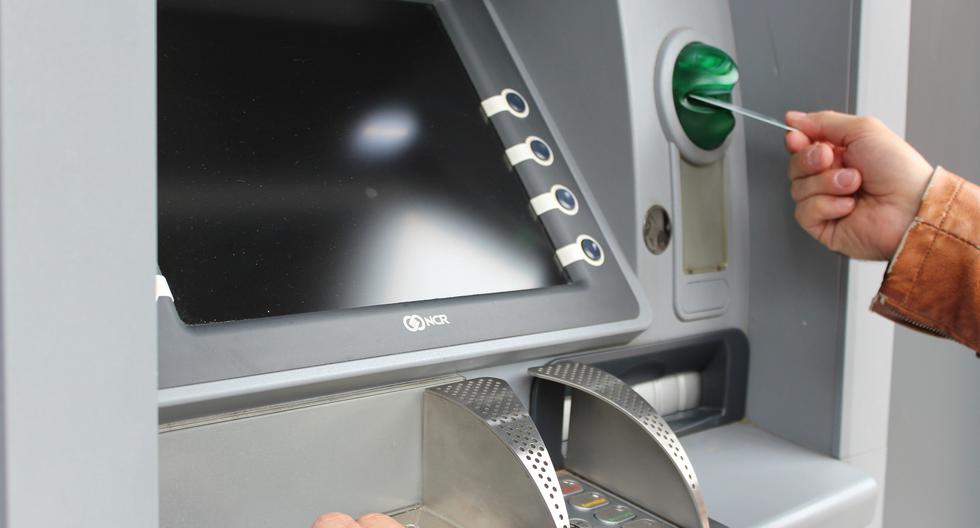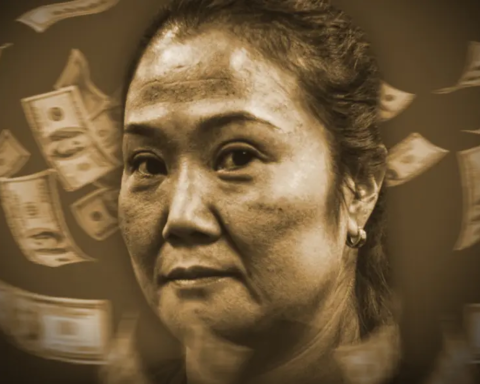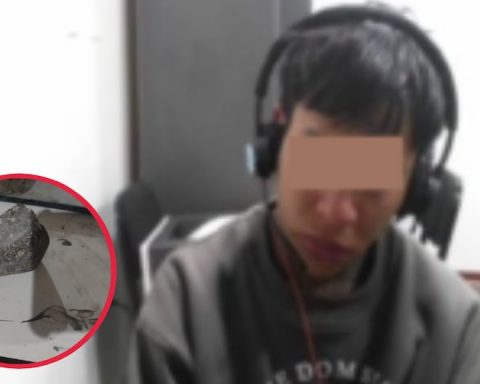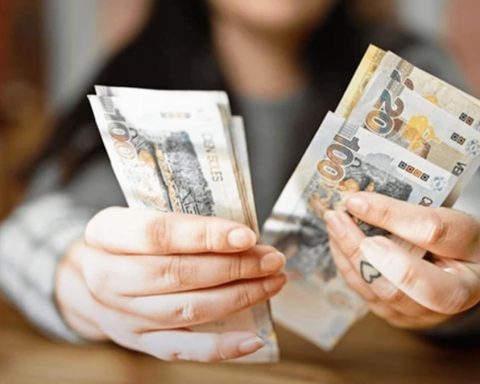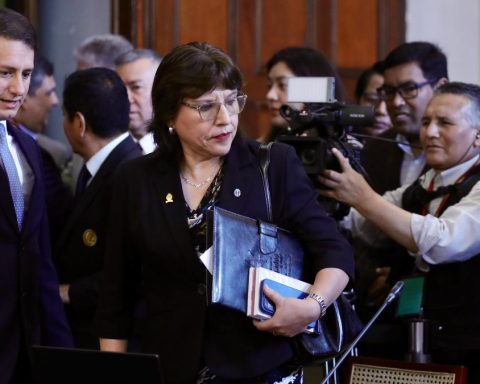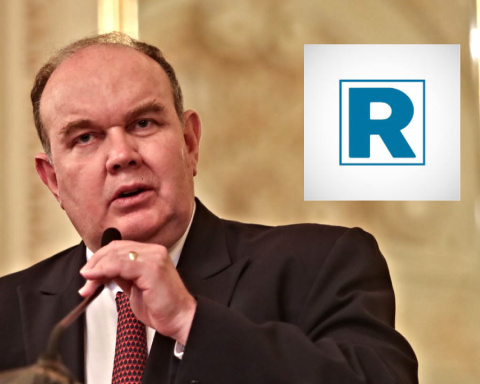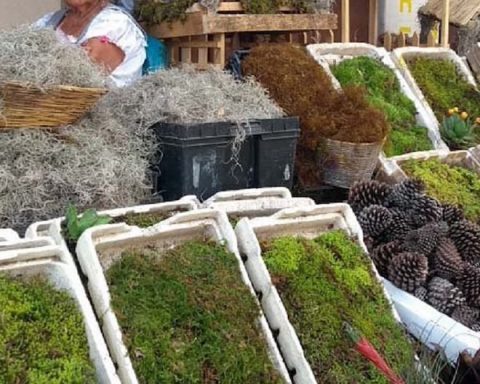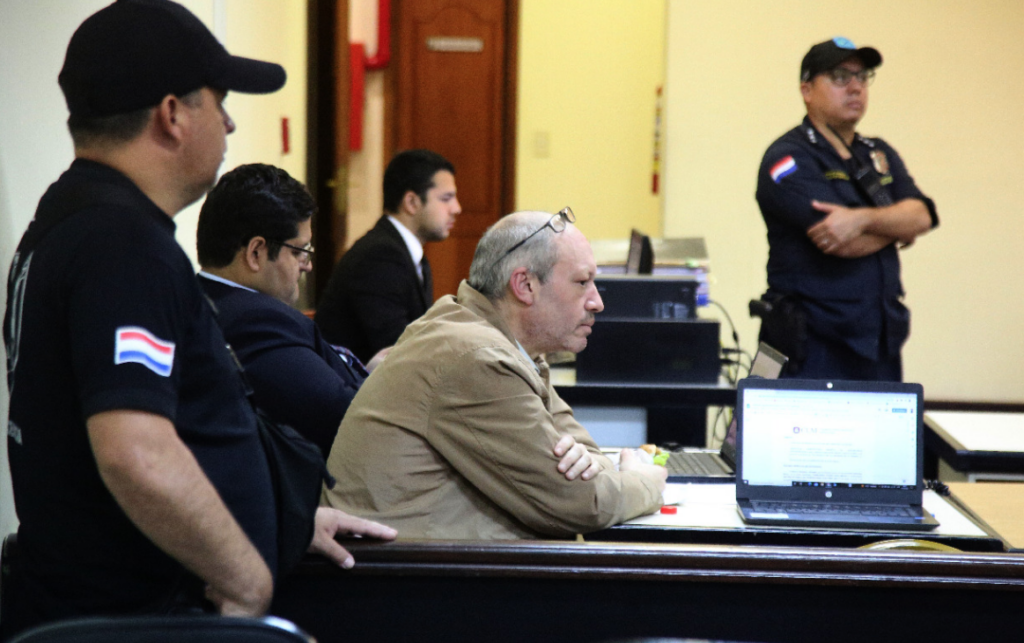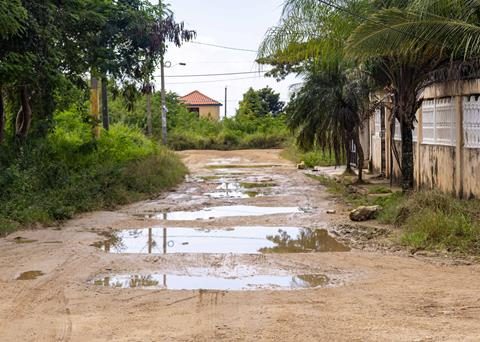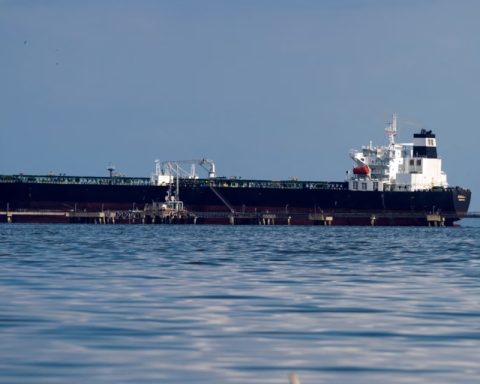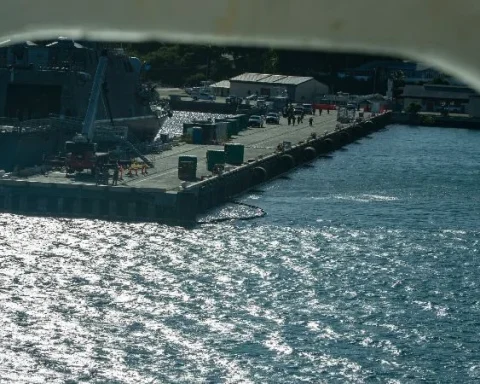Credicorpthe leading financial services holding company in the country, presented the 2022 edition of the Financial Inclusion Index (IIF), a study prepared by Ipsos that measures the relationship between the people of Latin America and the products and services of the financial system in eight countries: Peru, Chile, Bolivia, Colombia, Argentina, Ecuador, Panama and Mexico. This document seeks to be a tool to understand the challenges in financial inclusion and make strategic decisions so that more people enter the formal system.
For the construction of the IIF, three dimensions were considered: access, use and perceived quality. In addition, a scale from 0 to 100 was defined, in which a higher score means a higher level of financial inclusion. To collect the information, more than 13,000 people were interviewed: 5,000 people in Peru and 1,200 in Colombia, Chile, Bolivia, Panama, Argentina, Ecuador, and Mexico.
“We are convinced that financial inclusion is directly linked to social welfare, since the financial system can be the catalyst for people’s progress. In that sense, we must be clear about the challenges we face in this dimension. With this in mind, we are launching this new edition of our Financial Inclusion Index, which is in line with our Sustainability strategy of creating a more inclusive and sustainable economy.”, explained Enrique Pasquel, manager of Corporate Affairs at Credicorp.
In this edition, Peru reached 39.8 points out of 100, which means an increase of 2 points compared to the 2021 edition of the index (37.9); however, the country is located in the penultimate position (7) at the Latin American level, surpassing only Bolivia.
LOOK: Yape has allowed to include more than 2.2 million people in the financial system, reports Credicorp
Access dimension
The access dimension is the one that grew the most. And at this point, it is highlighted that Peruvians now know an average of seven financial products, highlighting that 37% know 10 products or more (the percentage in 2021 was 30%). Credit card, savings accounts and now mobile wallets are the most popular. Regarding this last product, the growth of knowledge and use of mobile wallets is highlighted: 49% of Peruvians who have one of these applications say they use it daily or several times a week.
On the other hand, only 36% of Peruvians have at least one financial product. In a complementary way, 7 out of 10 Peruvians do not have credit products in a formal entity.
Likewise, 65% of Peruvians continue to perceive some barrier that prevents access to the formal financial system (a percentage that was reduced from 72% in 2021). Among the main ones are the lack of income, lack of interest in this system or the perception of not needing it.
The index shows that there is a very strong correlation between financial inclusion and internet access. Those who have this service double the score in the ranking compared to those who do not have it: the figure at the regional level is 48.5 versus 24 points, and in Peru it is 44.7 versus 25.4. A similar figure is repeated in each country.
“This indicates that an essential part of financial inclusion as we know it in 2022 involves having a connection either at home or on the cell phone, if we take into account the growth in the use of mobile wallets”Pasquel explains.
Usage dimension
According to the IIF, in the space of a month, 74% of Peruvians do not use financial products (for example, debit or credit cards) to make basic transactions. This percentage is only surpassed in Bolivia, with 83%. In general, cash continues to be the priority in terms of payment methods for Peruvians to purchase supplies such as food or household products (more than 90% of people indicated using cash for these actions). However, the IIF shows a great growth in terms of the use and knowledge of mobile wallets, which now rank second in terms of payment methods in a large number of categories, surpassing credit and debit cards. Peru is the only one where such a situation occurs.
On the other hand, in Peru an important 73% indicated that they did not save anything in the last year. And of the 27% that did, 11 pp. keep the money somewhere in your home. The main reason (which triples second place) exposed according to the study is that income is not enough for savings. This is followed by responses in which respondents say they are not interested in or need to save.
At the regional level, the dimension of use has an average score of 29.2. The ranking is headed by Chile with 46.8, followed by Panama (41.7), Argentina (38.3), Ecuador (30.8), Colombia (25.2), Mexico (26.5), Peru (22.0) and Bolivia (19.9).
Dimension Perceived quality of products and services
This dimension places Peru in the penultimate position of the ranking, surpassing only Argentina. On a scale of 1 to 5 – where 5 means that the person has an excellent position regarding the financial system – the country’s score is 2.87.
Regarding the ease of obtaining a savings or credit product, the score is 3.01, while in terms of the variety of products offered by the system, the score reaches 3.
Along with Chile, Peru has the worst perception of informal lenders in Latin America: 45% reject them, while only 15% have a positive opinion of them.
Finally, 49% of people rate mobile wallets as good or very good, evidencing the significant growth of these applications in people’s daily lives.
- To see the complete results of the second Credicorp Financial Inclusion Index, go here: https://www.grupocredicorp.com/indice-inclusion-financiera/
